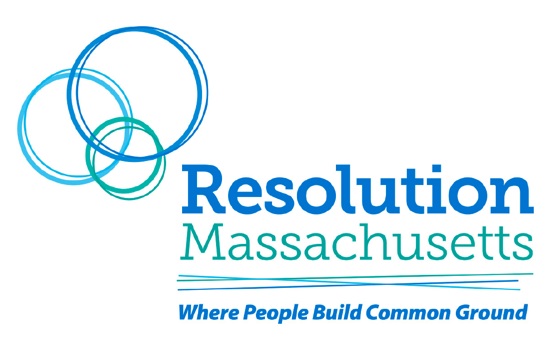Restorative Practices
The aim of restorative practices is to develop community and to manage conflict and tensions by repairing harm and building relationships. This practice uses both proactive (building relationships and developing community) and reactive (repairing harm and restoring relationships) approaches. Restorative practices can be used in a variety of settings and many of our Centers offer these services.
Restorative practice is based on the understanding that restoring a relationship, after both parties have been fairly heard and mutual respect has been built, improves the healing of the parties or whole communities.
Schools can use restorative circles for building community and addressing challenging behavior. “Harm Circles” address harm caused to the community by a student or students and “Re-Entry Circles” plan for the return of a previously excluded student. Specially trained staff and volunteers of Centers can support schools in their efforts to build such programming.
In criminal justice settings, Restorative Justice can be used as a means of diverting youth and others away from the criminal justice system by having them reflect on their actions and on the harm caused with the people most affected.
Examples of Restorative Practices:
One Centers worked with their local District Attorney’s Office to handle several mediations as part of a Restorative Justice process, before the cases went to court.
Another Center trained students in a high school to lead circles in their advisory classes. Upper classmen work with freshman in circles to build relationships and improve the transition to high school.

